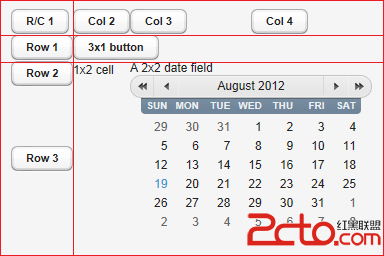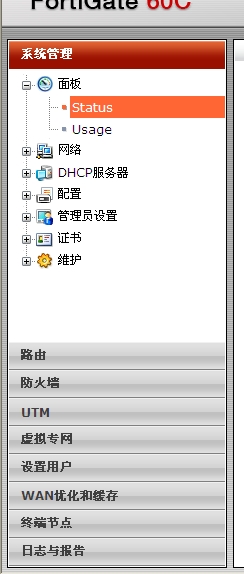jfinal下易做图的freemarker自定义标签,web开发的利器
为什么采用freemarker?1、模板技术,不依附于语言和框架,前端和后端解耦,便于分工协作,更好的协同。
2、页面相应速度快
3、前端非常的灵活,采用自定义标签可以在不更改后端的基础上很容易的构造前端逻辑,可适应多变的网站。
为什么要自定义标签?
答案在第一个问题的第三点,我们需要一个前端灵活的架构,在不更改后端逻辑的基础上,很容易的改造前端逻辑。
在SSH的架构中,自定义标签已经可以方便的实现(struts2的标签也是基于freemarker的自定义标签),但是用起来还是不够爽,需要大量的配置,繁琐的依赖注入等。用了jfinal以后,发现自定义freemarker标签在该框架中用起来极爽,寥寥几个类,几行代码就能将自定义标签应用起来。废话不多说了,上代码吧。
第一步:实现标签类
01
/**
02
* 分类标签<br>
03
* 参数:{parent_id:上级主键}
04
* 返回值:{list:分类列表}
05
*
06
* @author yongtree
07
*/
08
public class CategoryListDirective implements TemplateDirectiveModel {
09
10
11
public void execute(Environment env, Map params, TemplateModel[] loopVars,
12
TemplateDirectiveBody body) throws TemplateException, IOException {
13
14
List<Category> list = new ArrayList<Category>();
15
if (params.containsKey("parent_id") && params.get("parent_id") != null) {
16
list = Category.getCategoryList(params.get("parent_id").toString(),
17
Category.STATUS_ENABLED);
18
} else {
19
list = Category.getFirstCategoryList(Category.STATUS_ENABLED);
20
}
21
22
env.setVariable("list", DEFAULT_WRAPPER.wrap(list));
23
body.render(env.getOut());
24
}
25
26
}
第二步:action中引入
1
setAttr("_category_list", new CategoryListDirective());
第三步:页面是使用
1
<@_category_list parent_id="2">
2
<#list list as c>
3
<a href="/category/${c.id}">${c.name}</a>
4
</#list>
5
</@_category_list>
我们使用自定义标签的目的是灵活,就是要将action中要做到事情,能直接通过标签在页面上使用。而上面的第二步,需要在action中set,使其action的逻辑不灵活。自定义标签应该能脱离开具体的action,能在更多的模块中用到,不受action的限制。所以第二步需要稍加改造,这是我们可以采用jfinal的全局易做图,将这些标签初始化内存中,在所有的action中都很容易的注入,当然你可以根据易做图的相关配置和逻辑,将自定义标签指定到相应的action中。上代码吧
01
/**
02
* 自定义标签易做图
03
* @author yongtree
04
*/
05
public class DirectiveInterceptor implements Interceptor {
06
07
public static CategoryListDirective cld = new CategoryListDirective();
08
09
public void intercept(ActionInvocation ai) {
10
Controller c = ai.getController();
11
c.setAttr(LABEL_CATEGORY_LIST, cld);
12
ai.invoke();
13
}
14
15
public static final String LABEL_CATEGORY_LIST = "_category_list";
16
17
}
配置到Config中
1
/**
2
* 配置全局易做图
3
*/
4
public void configInterceptor(Interceptors me) {
5
me.add(new AuthInterceptor());
6
me.add(new DirectiveInterceptor());
7
}易做图吧,简单几步,就搞定了自定义标签,这样你就可以把主要的查询和业务封装到标签里。在不改变业务逻辑和结构的基础上,前端逻辑和展示需要调整,以后就只是前端开发人员或者网站美工的工作了,再辅以freemarker的macro宏定义,再前段封装出更加方便使用的界面,那就更加的灵活和高校。所以在以内容为主的网站上,极力推荐采用这种方式来设计你的前端。为啥?波波说了: 为您节约更多时间,去陪恋人、家人和朋友 ;)
洗洗睡了,陪老婆去了,
补充:
易做图可以省略掉,直接在config里配置自定义的标签
FreeMarkerRender.getConfiguration().setSharedVariable("_category_list", new CategoryListDirective());
补充:Web开发 , 其他 ,



